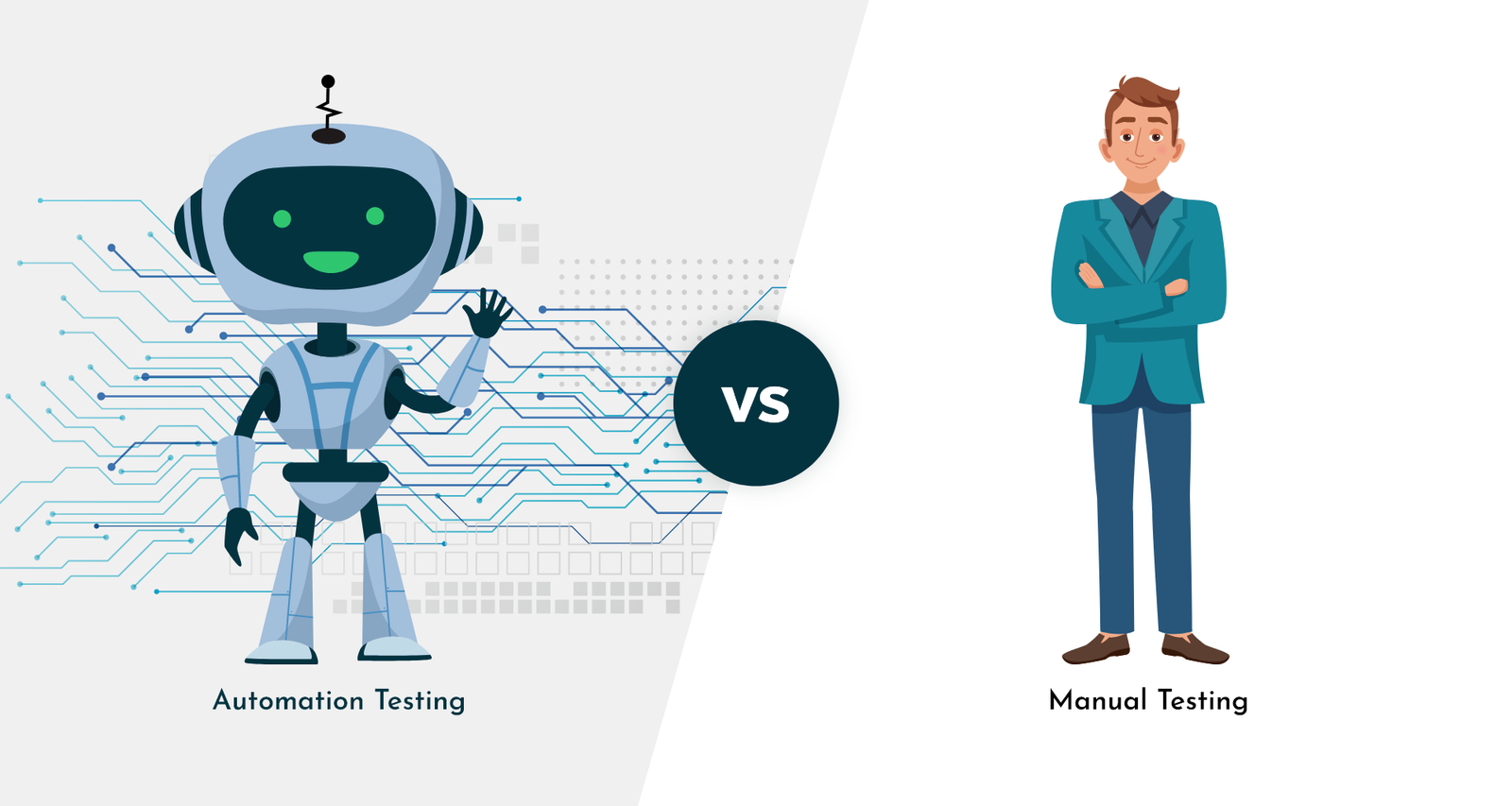Code Review Automation: Pros, Cons, and Best Practices

Code review is an important process in software development that helps ensure the quality and maintainability of the code. However, manual code review can be time-consuming and prone to errors, which is where code review automation comes in. In this blog, we will explore the pros, cons, and best practices of code review automation.
Pros of Code Review Automation
- Speed: Automated code review can be much faster than manual review, allowing teams to review code more quickly and release software faster.
- Consistency: Automated code review ensures that the same standards are applied to all code, reducing the risk of inconsistencies or errors that could result from subjective human opinions.
- Scalability: Automated code review can scale to handle larger and more complex codebases, allowing teams to review more code in less time.
- Objectivity: Automated code review tools evaluate code based on pre-defined rules and criteria, ensuring that all code is evaluated objectively.
- Efficiency: Automated code review can catch many common coding errors and security vulnerabilities, reducing the need for manual review and freeing up developers to focus on other tasks.
Cons of Code Review Automation
- False positives: Automated code review tools can generate false positives, flagging code as problematic when it is actually correct.
- Limited scope: Automated code review tools can only evaluate code based on pre-defined rules and criteria, which may not cover all aspects of code quality.
- Lack of human insight: Automated code review tools cannot provide the same level of insight and judgment as a human reviewer, which can lead to missed issues or false negatives.
- Cost: Automated code review tools can be expensive, especially for small teams or individual developers.
Best Practices for Code Review Automation
- Use multiple tools: No single code review tool can catch all issues, so it’s important to use a combination of tools to cover different aspects of code quality, such as security, performance, and maintainability.
- Customize rules: Code review tools come with pre-defined rules, but these rules may not be appropriate for all projects. Customize the rules to match your specific coding standards and project requirements.
- Prioritize issues: Not all issues are equally important. Prioritize issues based on their severity and impact on the code.
- Supplement with manual review: Automated code review should supplement, not replace, manual review. Use automated tools to catch common issues and free up human reviewers to focus on more complex issues.
- Iterate and improve: Code review is an iterative process. Continuously evaluate and improve your code review process to ensure that it is effective and efficient.
In conclusion, code review automation can bring many benefits to software development teams, including speed, consistency, scalability, objectivity, and efficiency. However, it’s important to be aware of the potential downsides, such as false positives and limited scope. By following best practices such as using multiple tools, customizing rules, prioritizing issues, supplementing with manual review, and iterating and improving, teams can maximize the benefits of code review automation while minimizing the risks.
